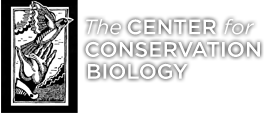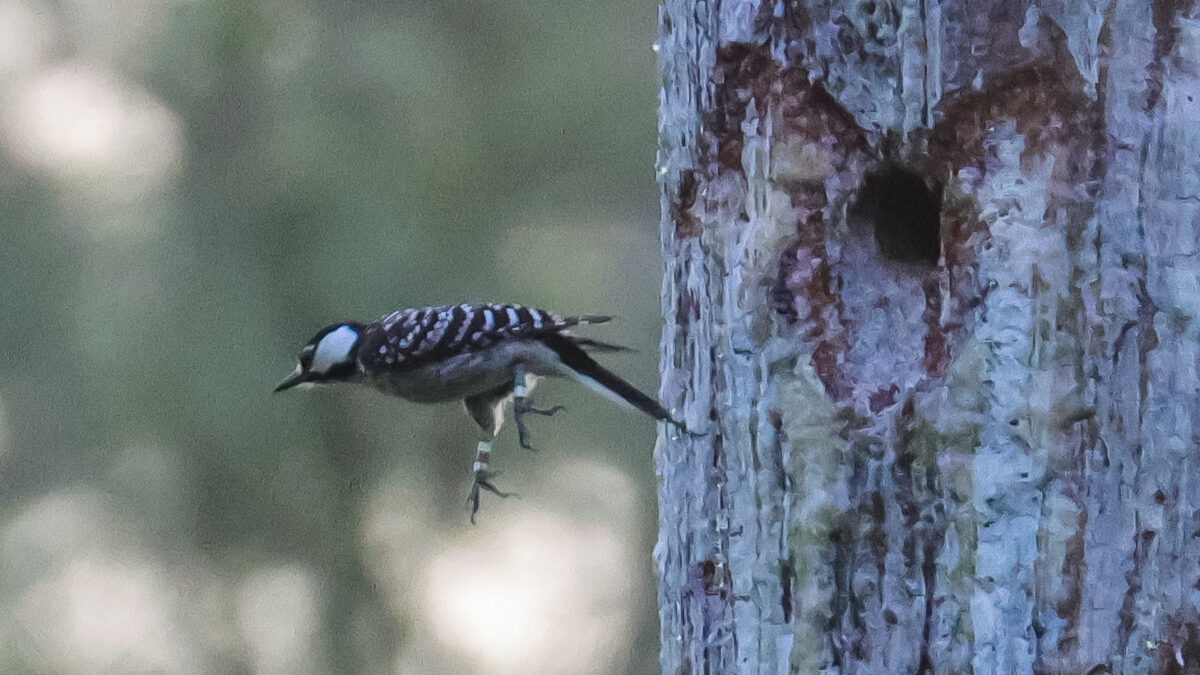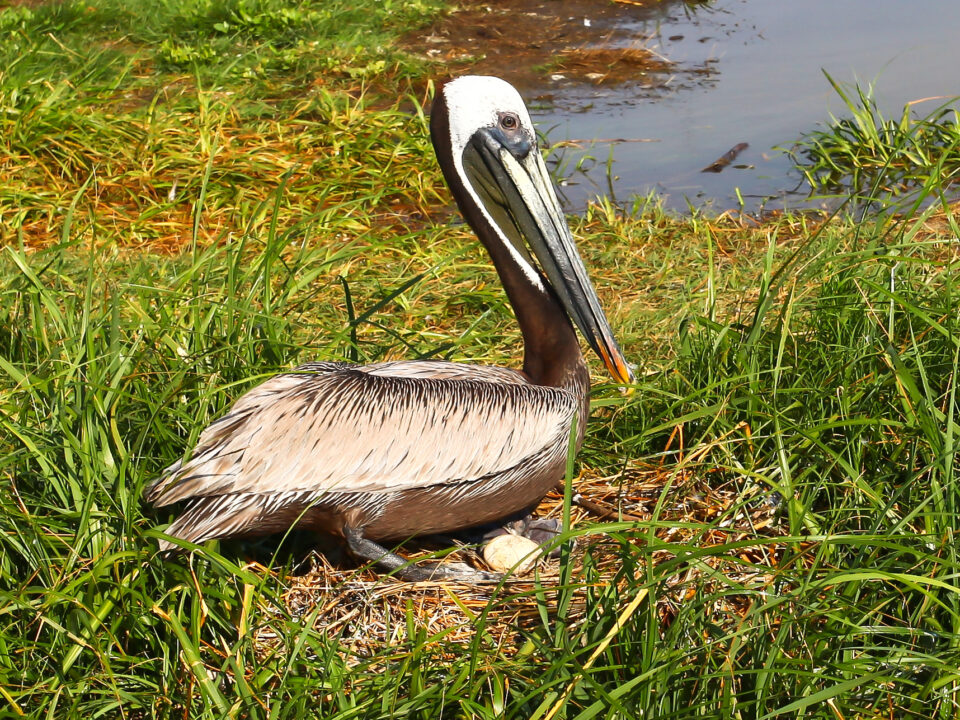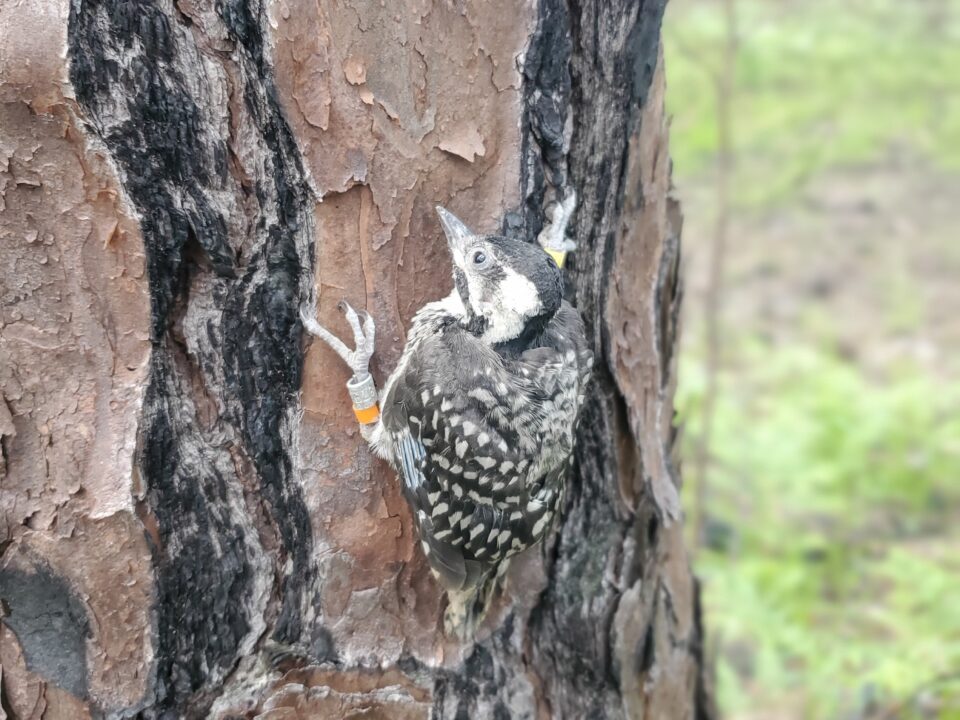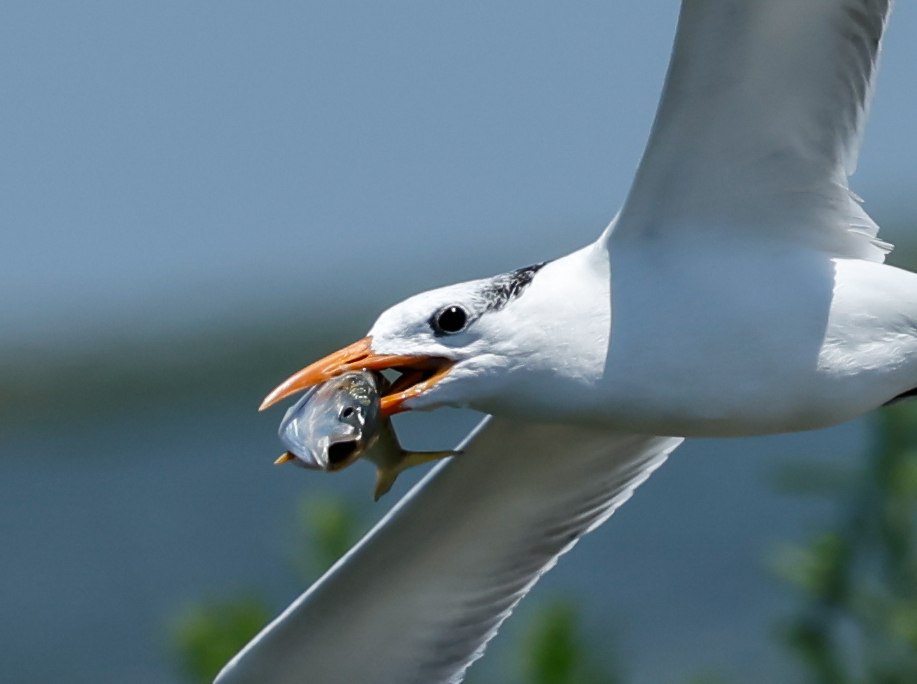The Resurgence of Red-Cockaded Woodpeckers in Virginia

Deja vu all over again: Tracked eastern willet shot on Guadeloupe
February 5, 2025
Then and now: A look back on osprey breeding performance in the lower Chesapeake in the late 1980s compared to today
February 6, 2025By: Chance Hines
1/15/2025
It is not well-known how common red-cockaded woodpeckers were in Virginia prior to the mid-20th century but they were thought to be widespread. Much of their preferred habitat had been wiped out by the time the species was first systematically surveyed in 1950s but the number of known breeding groups numbered in the 20s during the 1950s-1970s. After that, nearly all of the bird’s remaining habitat was logged, leading to a dramatic population decline. The population reached a low in the early 2000s, with only two breeding pairs remaining, both located in a remnant of mature pine forest in Sussex County. This prompted The Nature Conservancy (TNC) to purchase the property in hopes of restoring the population.
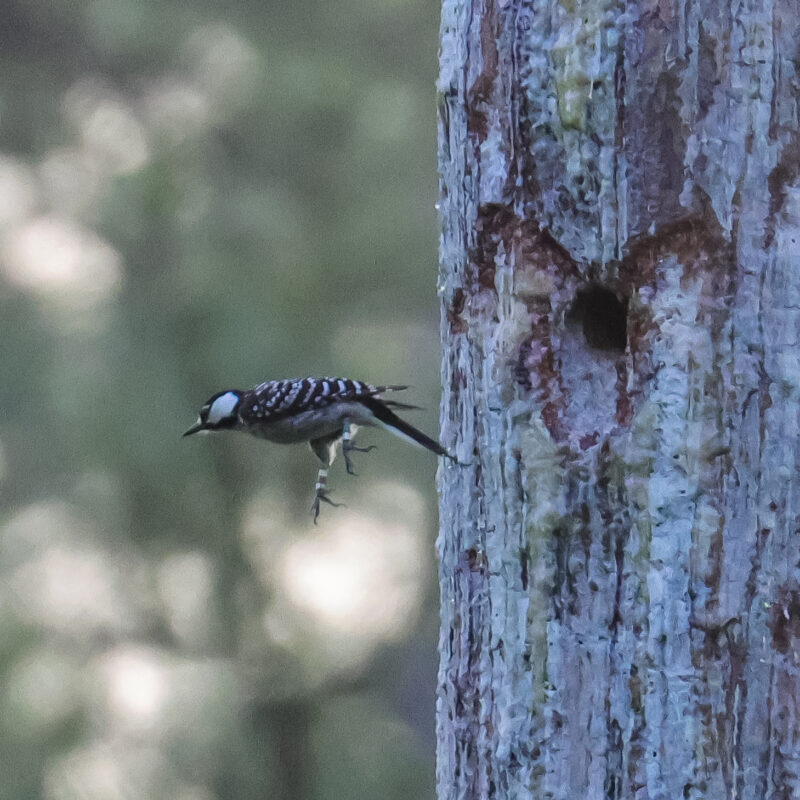
The land that TNC purchased became known as Piney Grove Preserve and both land managers and woodpeckers have been hard at work since then. The Nature Conservancy, Virginia Department of Game and Inland Fisheries (now Virginia Department of Wildlife Resources), and other partners initiating aggressive management initiatives including land purchases, forest thinning, prescribed burning, artificial cavity creation and translocation efforts hoping to initiate population growth. Those efforts have paid off and as of the 2024 season, 20 breeding groups made breeding attempts at Piney Grove Preserve and an additional breeding group has colonized the adjacent Big Woods Wildlife Management Area.

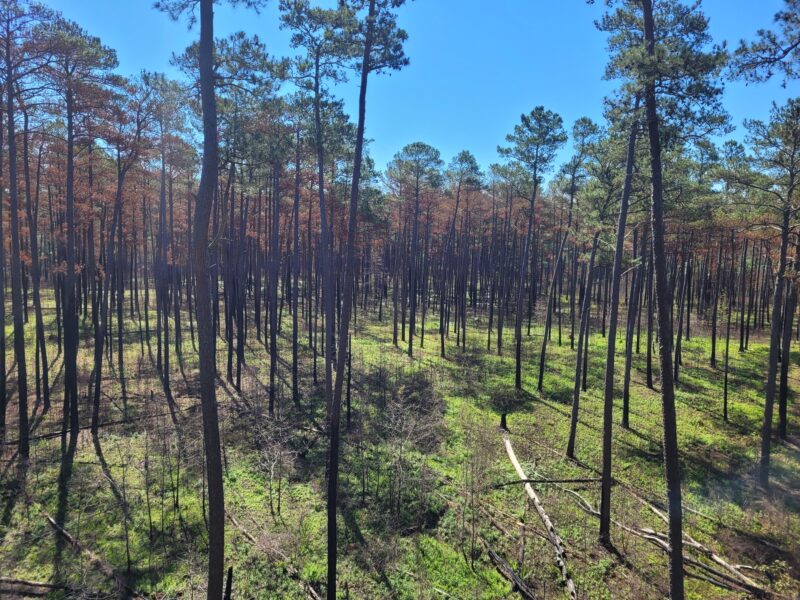
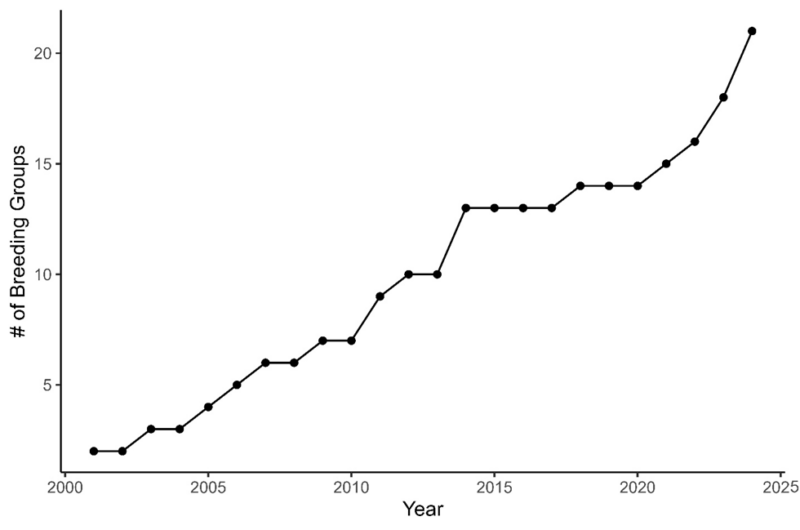
The initial population growth at Piney Grove Preserve was driven by translocating birds from robust populations, such as those at Carolina Sandhills National Wildlife Refuge, and installing artificial cavities. These efforts led to a steady increase, with 14 new breeding groups forming over the two decades following the start of management in 2002. However, in the past few years, growth has accelerated significantly, with five new groups initiating breeding.
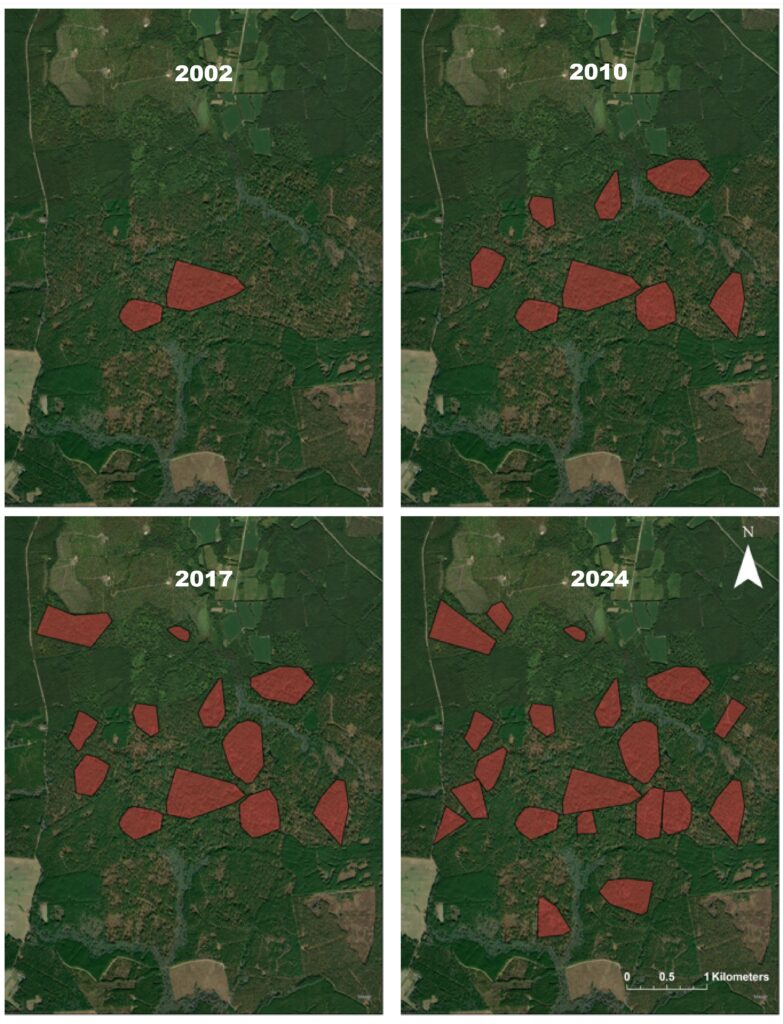

In contrast to the earlier period, when translocation and artificial cavities were essential to population growth, all recent clusters consist of birds hatched at Piney Grove and new cavities are exclusively those that have been excavated by woodpeckers, marking a significant shift in the population’s self-sustainability. This surge in growth is likely due to the maturation of previously unsuitable trees as a result of ongoing habitat improvements through forest thinning and prescribed burns. Some new clusters have emerged in previously unoccupied areas, while others have formed by splitting existing groups, indicating that enhanced habitat quality now supports multiple groups where only one could thrive before. The remarkable recovery of the red-cockaded woodpecker population at Piney Grove Preserve is a testament to the dedication and hard work of biologists and land managers from CCB, TNC, VA DWR, and many others. Their collaborative efforts in habitat restoration and management have laid a strong foundation for continued growth. With favorable conditions and ongoing conservation initiatives, the outlook for the 2025 season is optimistic, and further population increases are anticipated. The success at Piney Grove serves as an example of how targeted conservation efforts can lead to the revival of endangered species.
